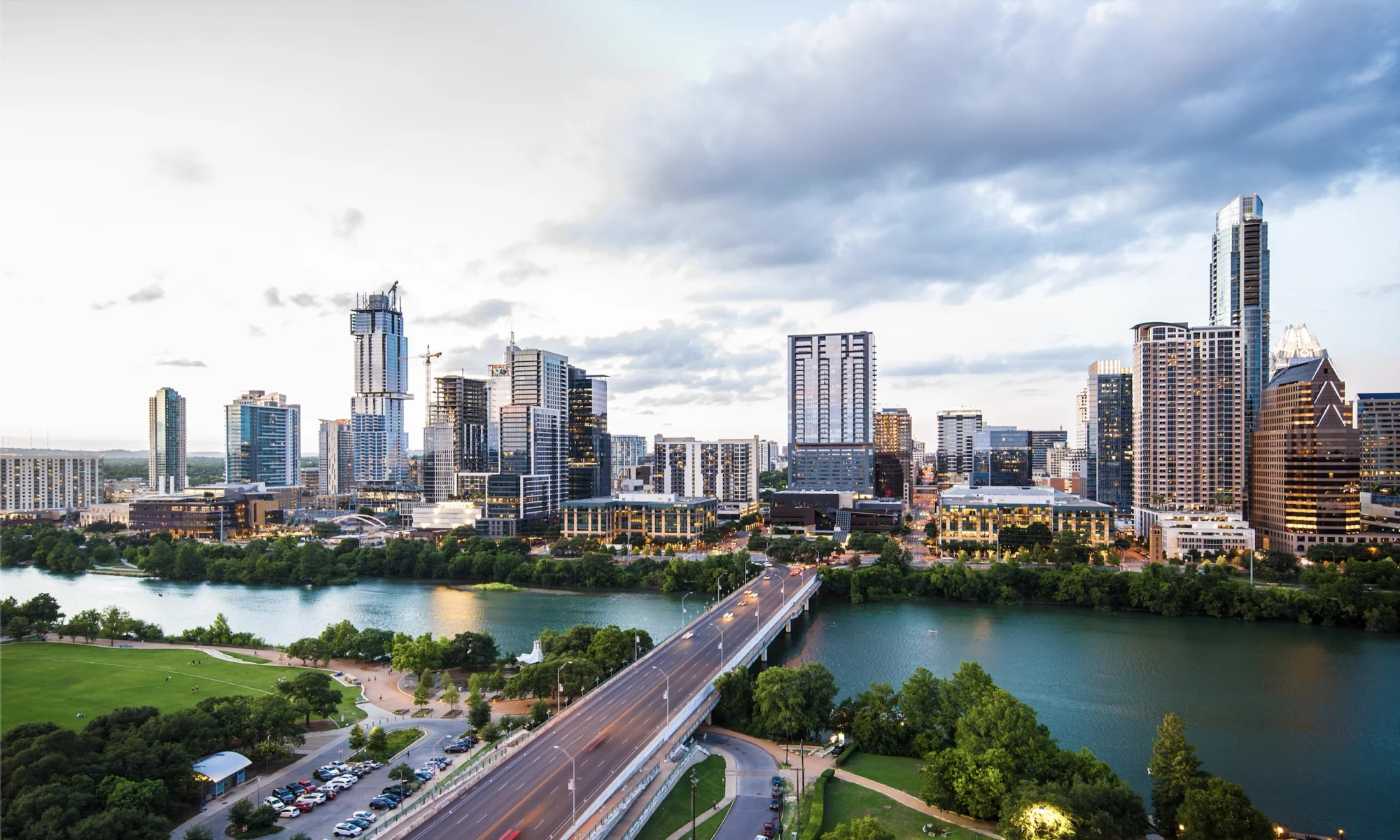Over the last two years, AURA members have advocated a bold, visionary overhaul of Austin’s land use rules that would create a more environmentally friendly, livable, and affordable city.
The release of the CodeNEXT Draft 2 last weekend made clear that consultants and staff are unwilling to rise to the task of making meaningful strides toward AURA’s goals. Both drafts leave in place most of the barriers to abundant housing that have been driving up rents and accelerating displacement. Continuing this broken status quo is not acceptable.
AURA demands a CodeNEXT that provides the following measurable improvements in affordability, alternative transportation use, and environmental quality:
- We need a code that makes Austin more affordable by encouraging the construction of new housing stock in the central city where people want to live. In particular, we need a code that will create the conditions to actually add at least 150,000 new homes on the ground in Austin’s city council District 9 within ten years, in addition to new housing elsewhere in the city. Actual construction is different from “zoning capacity”—building 150,000 new units will require entitlements for half a million.
- We need a code that makes Austin more affordable by adding a significant amount of “missing middle” housing—triplexes, fourplexes, sixplexes, and row homes—the cheapest housing to build: at least 40% of the new units added under the new code must be missing middle housing, not counting ADUs.
- We need a code that makes Austin more affordable by affirmatively furthering Fair Housing: at least 75% of the land area in every urban core neighborhood must be eligible for a realistic affordable housing density bonus, as called for in the 2016 fair housing resolution.
- We need a code that gets people out of their cars and into alternative modes of transportation that alleviate Austin’s gridlock and reduce carbon emissions: the number of Austinites getting to work some other way than driving alone must double from 25% to 50% within ten years as a result of land use reform under the new code according to realistic, credible forecasts. We need zoning that takes the share of solo trips by car below 50%.
- We need a code that minimizes impervious cover at the metro area level: CodeNEXT should minimize our geographic footprint by encouraging housing in places and forms that use less impervious cover per person in order to mitigate flood risk and improve water quality.
CodeNEXT Draft 2.0 makes some incremental progress toward these goals:
- It allows construction of ADUs in more places
- It allows residential uses in commercial zones
Despite these improvements, the draft still falls short on the AURA goals enumerated above. To wit:
- By City consultant firm Fregonese’s own admission, the new drafts adds only 19,481 new housing units in District 9— and that’s capacity, not a true forecast.
- That District 9 number is far less than the 32,231 projected net new units in District 1. This allocation of housing capacity continues pushing development out of Central Austin into the East Side.
- Only 18% of the projected new units under Draft 2—again by Fregonese’s own admission—are in missing middle housing. For the most part, missing middle will still be missing if nothing changes from here. That’s a small improvement over the status quo, but it is not the bold reform we need.
- From the Affordable Housing Bonus Program maps we’ve seen, it appears essentially zero neighborhoods will be even 50% density bonus eligible. Even with improvements that extend the density bonus program to more places, eligible land is still a tiny portion of most neighborhoods and completely unavailable in our most common zones.
- We have not seen numbers on mode shift, but it strains credulity to believe that the draft’s mere tinkering around the edges of the status quo will produce the car-independence we need.
- The broken system of lot-level impervious cover percentages, which has resulted in the paving of tens of thousands of acres of hill country, forest, and prairie in and around Austin, remains in place. This approach has long been recognized as counterproductive by the EPA. We need smarter, more holistic approaches.
Cities are growing, dynamic entities. If we do it right, CodeNEXT can give Austin the tools it desperately needs to allow our neighborhoods to provide enough homes for the next generation. Providing enough homes will require change—a meaningful departure from the broken status quo that has created the housing shortage that is devastating our community with high rents and rapid displacement all over Austin. AURA calls on our City staff, consultants, and leaders at the Planning Commission and City Council to show courageous leadership and use CodeNEXT to create an Austin for Everyone.
